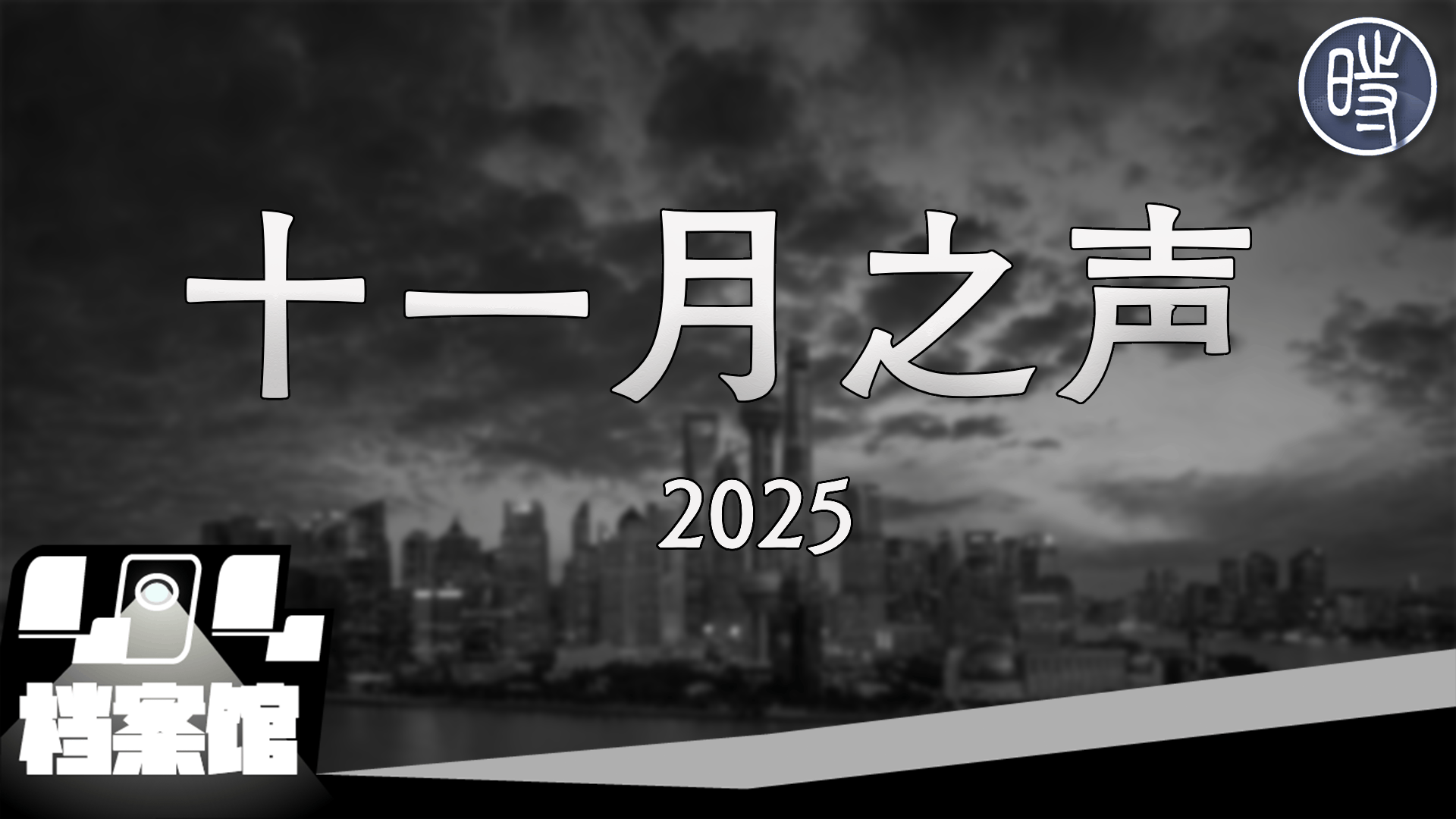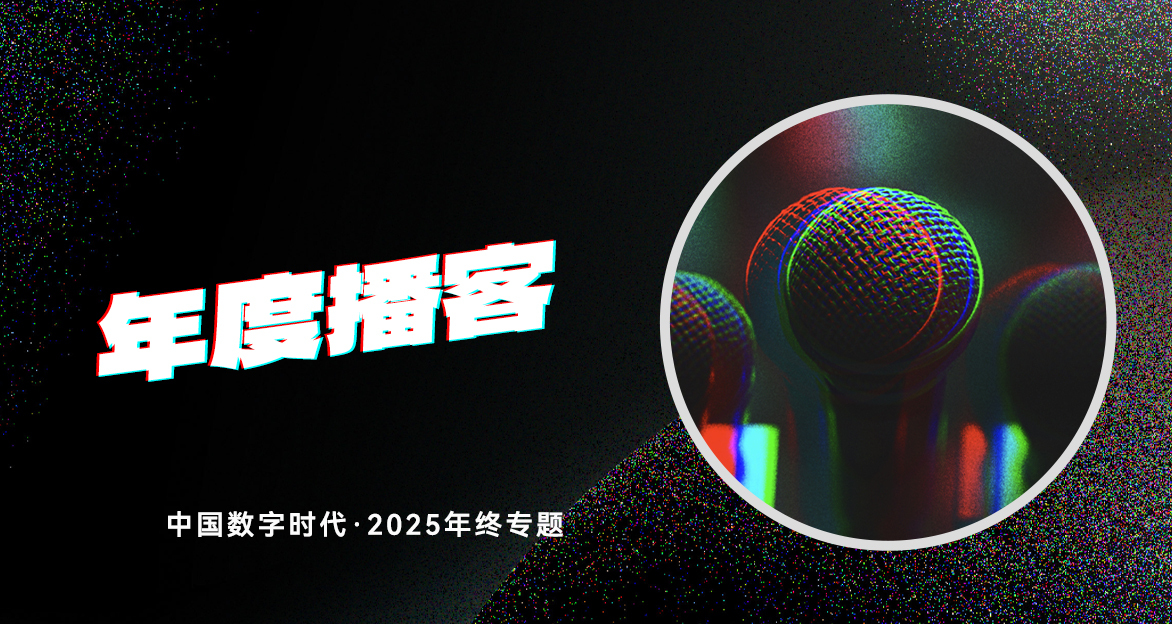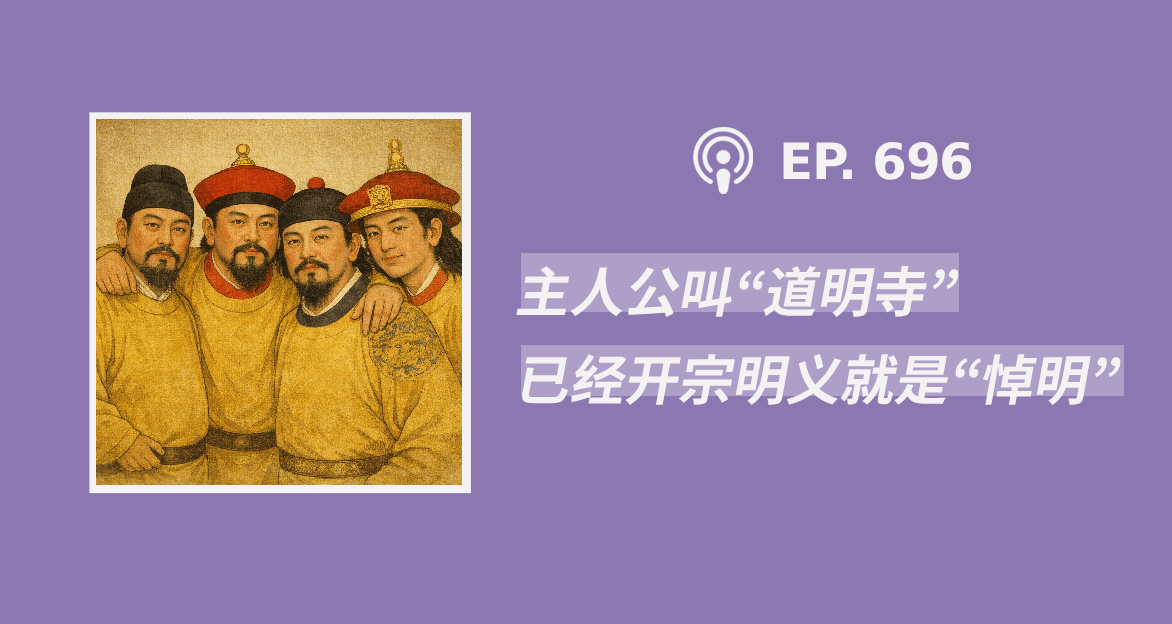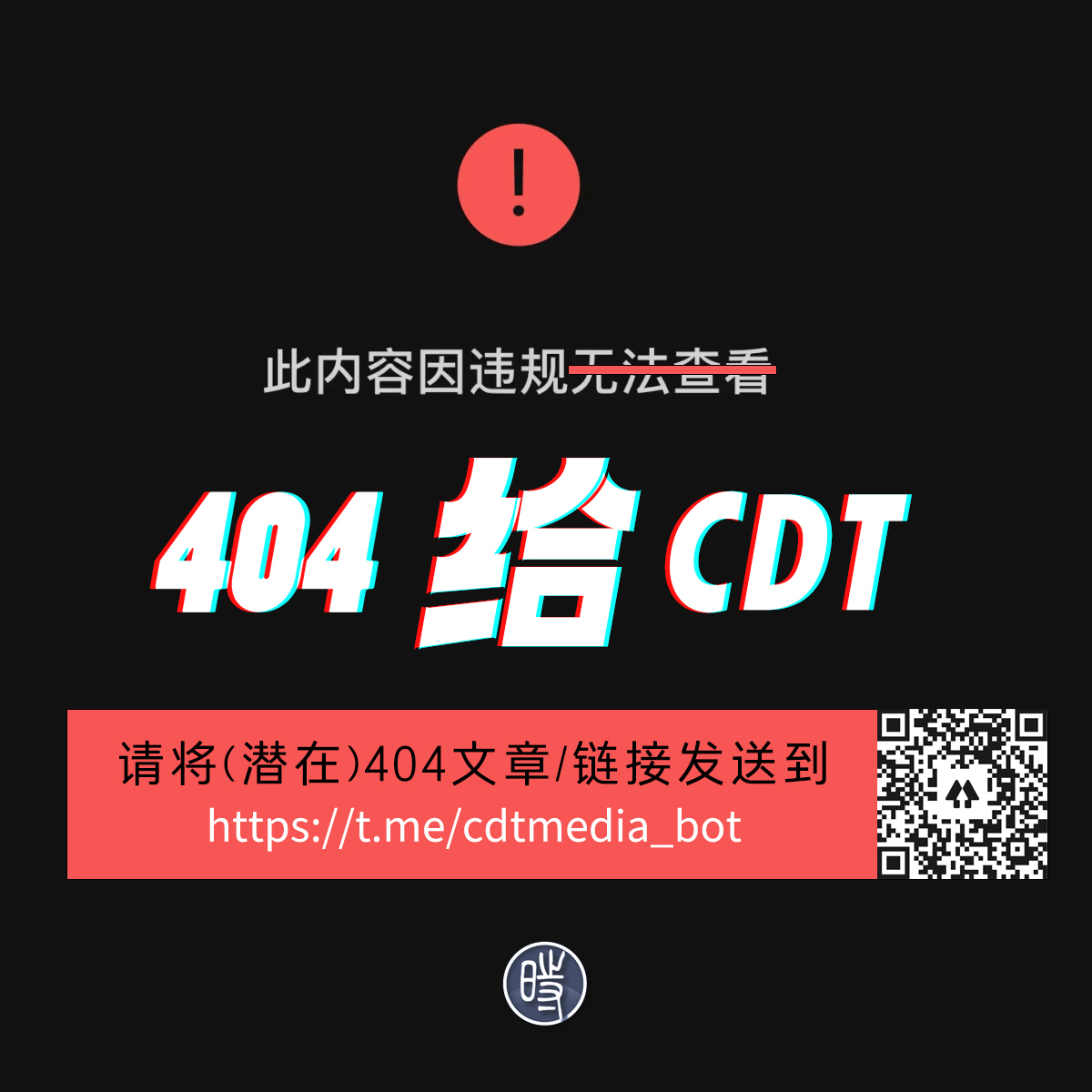原文:http://www.guardian.co.uk/commentisfree/cifamerica/2011/jun/03/ai-weiwei-montreal-museum
作者解释了为什么在蒙特利尔艺术博物馆展出的秦朝兵马俑和艾未未有联系,反驳了博物馆发言人的观点:政治和艺术(兵马俑)无关。
请帮忙翻译并邮寄到loveaiww@gmail.com。
It is now 61 days since the artist Ai Weiwei was taken into detention by the Chinese authorities. Since then, protests in his support have been held around the world, and figures such as Hillary Clinton and Angela Merkel have called for his release. Ai’s image was projected onto the wall of the Chinese consulate in New York. Hong Kong has been plastered in stickers.
In Beijing, artists Lin Bing and Fei Xiaosheng were detained for having the temerity to include a blank wall, “attributed” to the absent Ai, as part of a group show. Though most of these gestures will have little visibility and less effect in China, international museums and galleries are, at least, being forced (somewhat reluctantly) to think about their relationship to wider political contexts.
An interesting case is that of the Montreal Montreal Museum of Fine Arts (MMFA). Since February, long before Ai’s detention, the MMFA has been host to “The Warrior Emperor and China’s Terracotta Army”, an exhibition of archaeological treasures from the mausoleum of the Qin monarch Shi Huangdi, who united China as “first emperor”, from 221-210 BCE. Like the Milwaukee Art Museum, which is about to open a major summer season of Chinese art, the MMFA has become a target for supporters of Ai, who feel that it should be using its show as a platform to draw attention to the artist’s plight, and the wider human rights situation in the People’s Republic of China.
The MMFA has made no public statement, and held no events relating to Ai Weiwei, though the signature of its director and chief curator, Nathalie Blondil, appears alongside those of many other prominent museum directors on a petition organised by the Guggenheim museum, demanding Ai’s release. Questioned by the blog Artists Speak Out, Sabrina Merceron, head of public relations at the MMFA, was quoted as saying:
“We don’t do any politics, we just support art as this is the mission of a museum. It’s very important that you make the distinction as one can perfectly cohabitate [sic] with the other.”
Whether Merceron sincerely believes this, or is just making a mildly incoherent attempt to deflect unwelcome attention, she happens to be wrong. By hosting the terracotta army, the MMFA is “doing politics”, of a kind that is acutely relevant to the case of Ai Weiwei. Since 2007, when the British Museum opened a blockbuster exhibition of artefacts from the first emperor’s mausoleum (drawing more visitors than any exhibition since the Tutankhamun show in 1972), the terracotta warriors have been on almost continuous display in museums around the world. Along with the 2008 Olympics and this year’s Shanghai Expo, the warriors are an integral part of the PRC’s cultural outreach programme, doing the work that pandas used to in the 1970s, when images of cute black-and-white creatures frolicking in the zoos of major world capitals were used to offset China’s forbidding international image.
The terracotta army also has a particular political meaning for the Chinese state; it is as a projection of Chinese soft power that it is sent out to march through the world’s cultural centres. The curators of the MMFA are, no doubt, well aware of the history of these artefacts, but perhaps they have failed to connect the story of the first emperor with the situation that has developed in contemporary China since their exhibition opened.
The first emperor is, above all, a symbol of unity and harmony, qualities prized in China, where a metaphysical notion of balance is often explicitly related to social and political stability. His reign ended the “warring states period” (from around 475 BCE to Qin Shi Huangdi’s ascent to the throne in 221 BCE), when seven kingdoms battled for supremacy. As unifier of China, Shi Huangdi organised his empire into administrative divisions, standardised weights and measures, and constructed the first Great Wall to separate his kingdom from the nomadic tribes to the north. He was China’s first “great helmsman”, a figure of absolute authority and quasi-mystical power, who brutally crushed all dissent. After unification, the so-called “hundred schools of thought” were suppressed and Legalism became the official ideology of the Qin empire.
This ruthlessly utilitarian philosophy held that the only way of ensuring social order was absolute subservience to the state. Control of knowledge and creativity was essential to maintaining harmony, because the ultimate guarantor of stability was a public set of laws, and citizens could not to be permitted to deviate from the behaviour specified by those laws. To avoid scholars being tempted to question the accepted theory, Shi Huangdi ordered almost all books to be burned; 460 scholars were buried alive for owning forbidden texts.
When he died (possibly poisoned by mercury, which he was swallowing as a medicine, in the belief that it would make him immortal), a huge mausoleum was built to house the emperor’s remains. Legend has it that 700,000 men were employed in its construction, and it is said to have contained a kind of scale model of the known world, with mercury rivers and seas. The terracotta army was fashioned to guard Shi Huangdi in this underworld. They are, not to put too fine a point on it, the honour guard of an ancient totalitarian state.
The parallels between the China of the first emperor and that of the contemporary PRC are clear enough. The terracotta army provides historical legitimacy for the suppression of Chinese freedoms: China, goes the argument, was unified and made great by such tactics. Anyone who supports democracy opens the country to the perils of disharmony and instability. The Chinese people seem, by and large, to believe that as long as the state is bringing them prosperity, the burning of a few books and the burying of a few scholars is a price worth paying.
It seems to me that in the final days of its (no doubt, excellent and beautiful) show, which finishes later this month, on 26 June, the MMFA would only help its project of bringing Chinese history and culture to the people of Montreal by addressing the question of Ai Weiwei. He has been buried alive, and the political order that has buried him has its origins with the terracotta army. It is clear that Ai’s detention is damaging China and weakening its standing in the world.
Perhaps, if the Chinese authorities can be persuaded that their crackdown on Ai and his missing associates is not a sign of strength, but of weakness, they will find a way to release him. This, more than moral arguments based on western notions of human rights, may, in the end, hold the key to his freedom.
本文由自动聚合程序取自网络,内容和观点不代表数字时代立场













